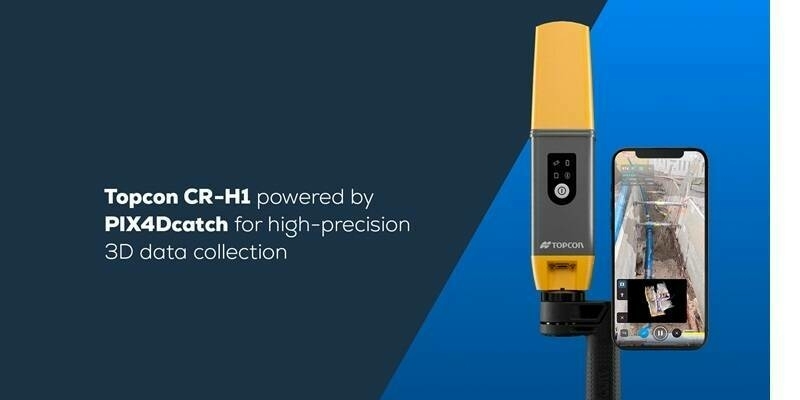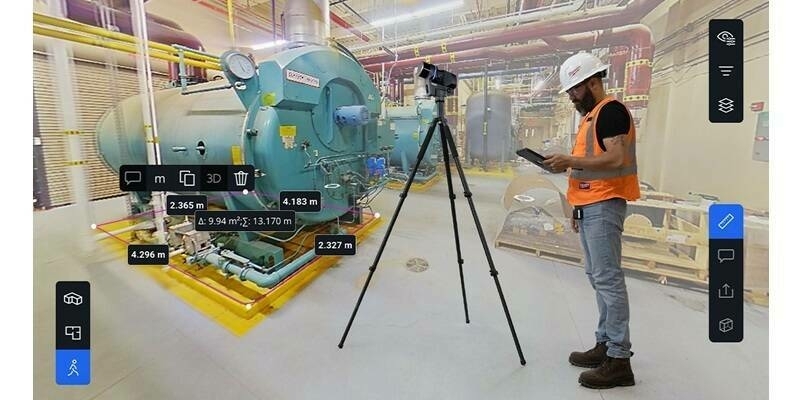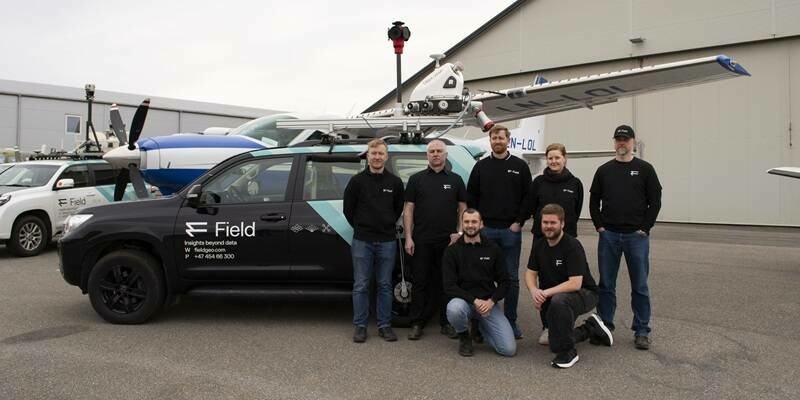TORONTO, Ontario, Canada, 6 March 2018 – Space Flight Laboratory (SFL), a provider of complete microspace missions celebrating its 20th year in business, will highlight six upcoming microsatellite missions at the Satellite 2018 conference in Washington, D.C. The six small satellites now under development at SFL are being built for Earth observation, radio frequency communications, and atmospheric monitoring applications.
Established in 1998 as a self-sustaining specialty lab at the University of Toronto Institute for Aerospace Studies (UTIAS), SFL specializes in developing nano- and microsatellites on tight schedules and at relatively low cost to deliver big returns for its clients around the world.
“For the past 20 years, SFL has been committed to pushing the envelope of what is possible with smaller satellites, which has allowed us to say ‘Yes’ to clients when others couldn’t,” said SFL Director Dr. Robert E. Zee. “As a result of this pioneering spirit, we have achieved numerous microspace breakthroughs in advanced attitude control, modular power systems, and propulsion technologies.”
SFL will exhibit in Booth 1545 at Satellite 2018 (the SatShow) being held March 12-15 in Washington, D.C. The six microspace missions SFL will highlight at the show include the following:
GHGSat-C1 – The first microsatellite in a commercial constellation of greenhouse gas monitoring satellites being built for GHGSat Inc. of Montreal.
HawkEye 360 Pathfinder – A three-microsatellite constellation under development for HawkEye 360 Inc. as a precursor mission to a commercial space-based radio frequency (RF) detection and geolocation service.
NorSat-3 – Following the highly successful NorSat-1 and -2 satellites built by SFL, this microsatellite will carry an Automatic Identification System (AIS) receiver and experimental navigation radar detector for maritime ship detection by the Norwegian Space Centre.
DMSat-1 – Built for the Mohammed Bin Rashid Space Centre (MBRSC) in Dubai, this environmental microsatellite will monitor aerosols and greenhouse gases over the United Arab Emirates.
NEMO-HD – The first Slovenian satellite, this compact microsatellite will be capable of 2.8m (actual) resolution, multispectral, high definition imaging and video.
NEMO-AM – For this mission, SFL is developing the microsatellite and its compact polarimeter instrument on behalf of the Indian Space Research Organization (ISRO) for global aerosol monitoring.
These six microsatellites will bring to 30 the total number of smaller satellites SFL has developed and launched since 1998. Over the past 20 years, SFL nano- and microsatellites have achieved 78+ cumulative years of success in orbit.
“With these and other future missions, SFL will continue to develop new breakthroughs in microspace technologies that will enable cost-effective smaller satellites to perform many of the same applications once only accomplished with traditional larger satellites,” said Zee.
Subscribe to our newsletter
Stay updated on the latest technology, innovation product arrivals and exciting offers to your inbox.
Newsletter

